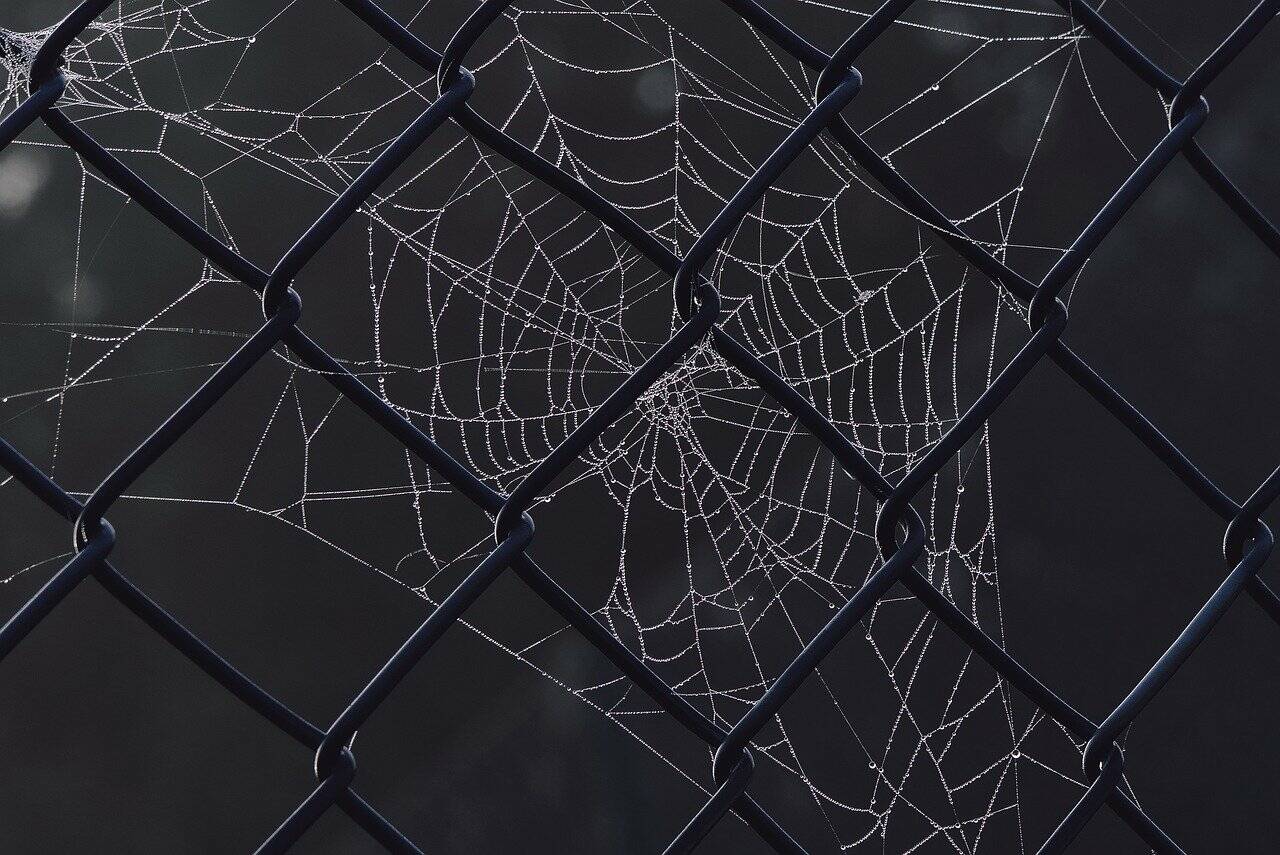A project through the Royal B.C. Museum has meticulously identified and catalogued over 900 distinct species of spiders found in B.C.
Robb Bennett, a research associate, recently reached a significant milestone by publishing the final installment of his 1991 doctoral thesis – a comprehensive exploration of nearctic cybaeine spiders.
These often-overlooked forest floor arachnids play a crucial role in the ecosystem and are currently facing significant threats in western North America.
“They’re really well-camouflaged, and blend in with their forest floor habitats,” said Bennett. “They’re not flashy like jumping spiders or garden spiders, which partly explains why so many of the species have never been described before. American researchers worked on them in the 1950s, and I used their work as the foundation for my research when I began my PhD in 1985.”
During the early 2000s, Bennett collaborated with Claudia Copley, the entomology collection manager at the Royal BC Museum, and her husband Darren, a collection manager specializing in birds and mammals.
Sharing a mutual fascination with spider taxonomy and ecology, the trio embarked on an ambitious project.
Their mission was twofold: to provide a comprehensive account of British Columbia’s spider diversity, aligning with the museum’s mandate to document the province’s natural history, and to bring Bennett’s cybaeine spider research to fruition.
Their joint efforts resulted in the formal description of seven genera and 79 species.
“It is so great to see Robb’s PhD thesis completely published now,” said Copley. “His taxonomic work with forest floor cybaeine spiders has laid the foundation for other scientists conducting biodiversity inventories, ecological studies, and other biological research we haven’t even thought of yet. Importantly, many of these species should be factored in when conservation decisions, such as the establishment of new protected areas, are being made.”
Notably, many of these spiders, some measuring only a few millimeters in length, exhibit incredibly limited ranges, often as small as 10 square kilometres.
“They’re extremely interesting on a conservation basis – many of these spider species are being seriously threatened, especially by the catastrophic wildfires that are currently happening in western North America,” he said. “We believe a number of the new species we’ve described no longer exist – they went extinct before they were even named.”
This ecological phenomenon is most concerning in Oregon and California, where closely related cybaeine species can be separated by a mere creek.
Fortunately, the forested regions of British Columbia and Washington boast significantly larger ranges for these arachnids in comparison to their southern counterparts.
Collaboratively, Bennett and the Copleys have significantly expanded the knowledge of spider diversity within British Columbia, elevating the province to a global hotspot for spider species.
Furthermore, their work has shed light on the taxonomy and distribution of North America’s cybaeine spiders, crucial components of the temperate forest floor spider fauna in the northern hemisphere.
READ ALSO: It’s not just you, study finds even some spiders have arachnophobia
READ ALSO: Hairy tarantulas, glow-in-dark scorpions crawl over visitors at Victoria Bug Zoo

